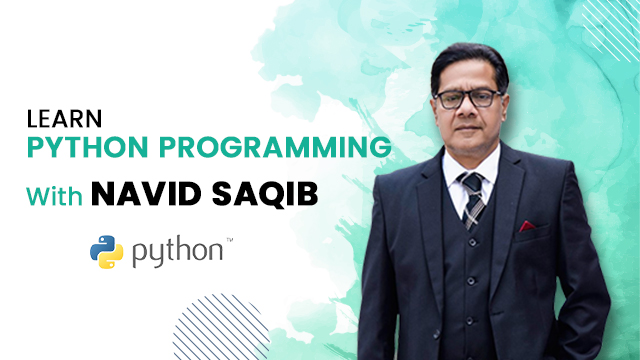Currently Empty: $0.00
Introduction To Syllabus
0/3
Relation of Real Life and Programming
0/7
Stages of Programming
0/14
Dealing with Constructs
0/24
Question Set 3
0/3
Concept of Validations
0/6
Question Set 4
0/2
Reading :
In programming, the sequence construct dictates the linear flow of code execution, adhering strictly to the order in which instructions are written. When a program begins execution, it starts from the top of the code and proceeds sequentially, line by line, until it reaches the end.
Each statement or block of code is executed in the order it appears, without any deviation unless a jump or branch instruction is encountered. If such a branching construct is encountered, the program deviates from the current section of code and moves to the specified location or section as directed.
Upon completing the execution of the section to which it branched, the program returns to the original point of departure and continues executing the remaining instructions in sequential order. This process continues until the program reaches the end of the code or encounters another branching instruction.
The sequence construct ensures that tasks are performed in a logical and predictable order, facilitating the orderly execution of code and enabling developers to design programs that accomplish tasks efficiently and accurately. By adhering to this strict sequence, programmers can maintain control over the flow of execution and ensure the proper functioning of their software.

